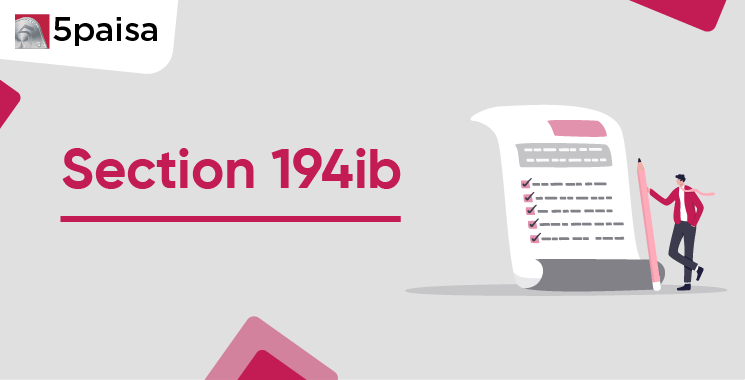Content
- Introduction: Understanding the Significance of Section 194IB
- What is Section 194IB in the Income Tax Act?
- Why Was Section 194IB Introduced?
- Why is Section 194IB Crucial for Tax Compliance?
- Applicability of Section 194IB
- Types of Rent Covered Under Section 194IB
- Essential Compliance Guidelines for TDS Under Section 194IB
- When Should TDS Be Deducted Under Section 194IB?
- TDS Rate for Section 194IB
- TDS Payment Timeline and Return Filing Requirements
- TDS Deduction and Deposit Procedure Under Section 194IB
- Consequences of Non-Compliance
- Implications for Landlords
- Comparison Between Section 194I and Section 194IB
- Key Compliance Guidelines for Tenants and Landlords
- Final Thoughts: The Importance of TDS Compliance on Rent
Introduction: Understanding the Significance of Section 194IB
In India, tax compliance is a crucial aspect of financial regulation, ensuring transparency and reducing tax evasion.
One significant measure implemented by the government is Section 194IB of the Income Tax Act, which mandates Tax Deducted at Source on rent for certain tenants. This section, introduced in Budget 2017, was designed to bring high value rental transactions under the tax framework and prevent revenue leakages.
Understanding TDS on rental income is essential for businesses, entrepreneurs, and property owners to avoid penalties and ensure smooth compliance with TDS deduction on rent regulations.
This guide provides the complete breakdown of Section 194IB, covering its applicability, deduction rates, compliance requirements, and tax implications for landlords and tenants.
More Articles to Explore
- Difference between NSDL and CDSL
- Lowest brokerage charges in India for online trading
- How to find your demat account number using PAN card
- What are bonus shares and how do they work?
- How to transfer shares from one demat account to another?
- What is BO ID?
- Open demat account without a PAN card - a complete guide
- What are DP charges?
- What is DP ID in a demat account
- How to transfer money from demat account to bank account
Disclaimer: Investment in securities market are subject to market risks, read all the related documents carefully before investing. For detailed disclaimer please Click here.
Frequently Asked Questions
Section 194IB of the Income Tax Act mandates TDS deduction on rent payments exceeding ₹50,000 per month. If you are paying rent to an individual or HUF and the total annual rent crosses ₹6,00,000, TDS at 5% is applicable.
The time limit for depositing TDS deducted under Section 1941B is within 7 days from the end of the month in which deduction is made. It is important to adhere to this deadline to avoid penalties or interest charges.
Yes, under Section 194IB of the Income Tax Act, there's no TDS (Tax Deducted at Source) exemption provided. It mandates TDS deduction at 5% on rental payments exceeding Rs. 50,000 per month.



